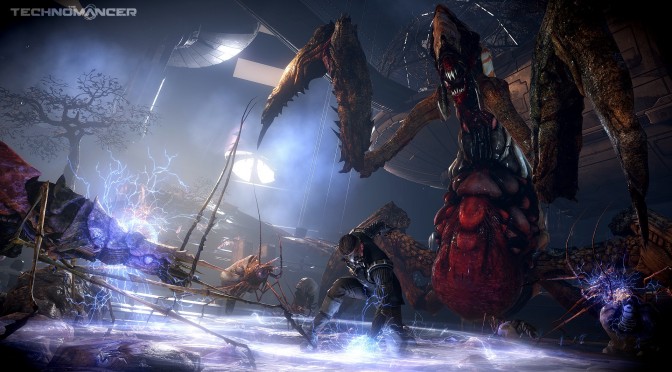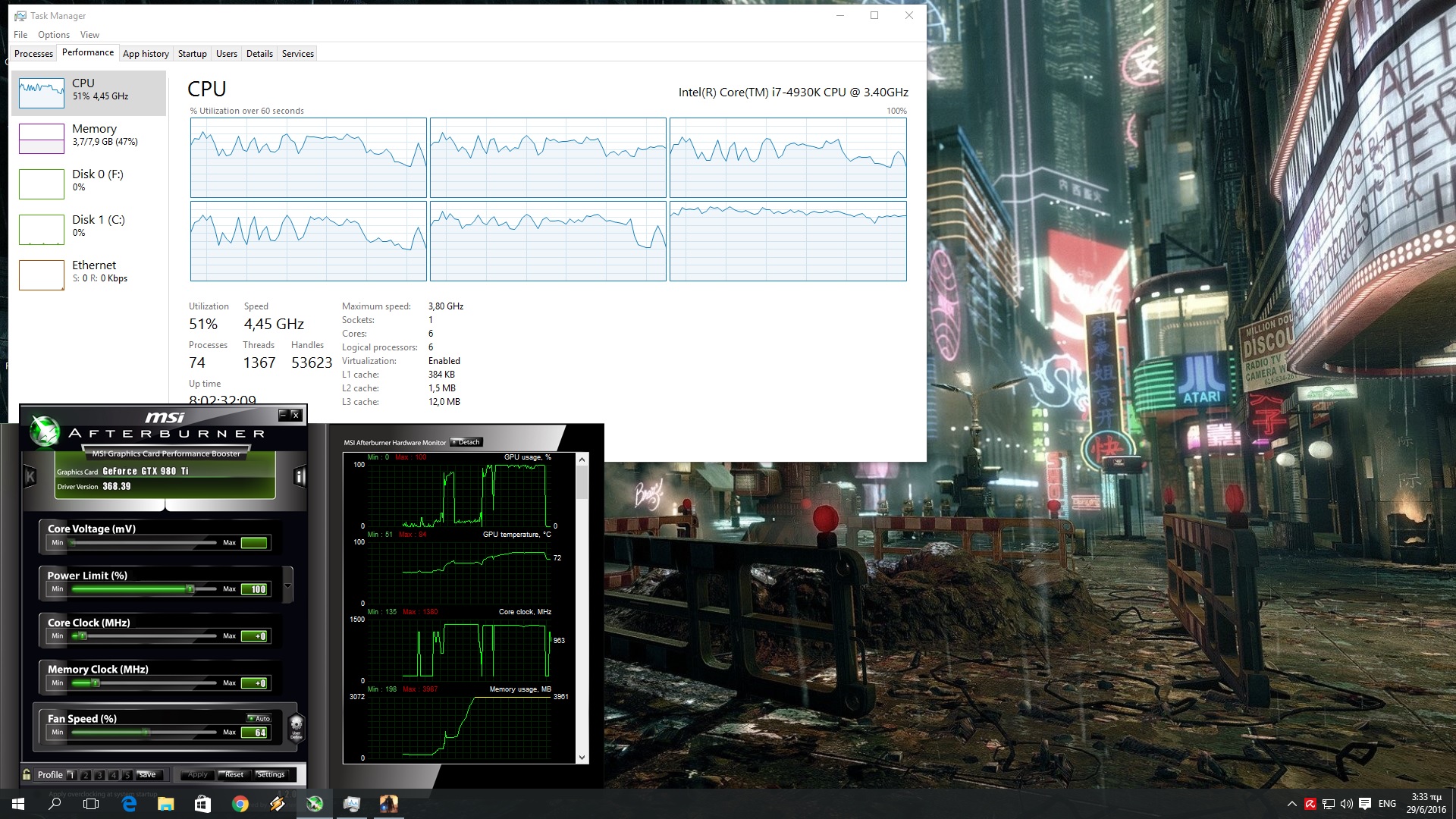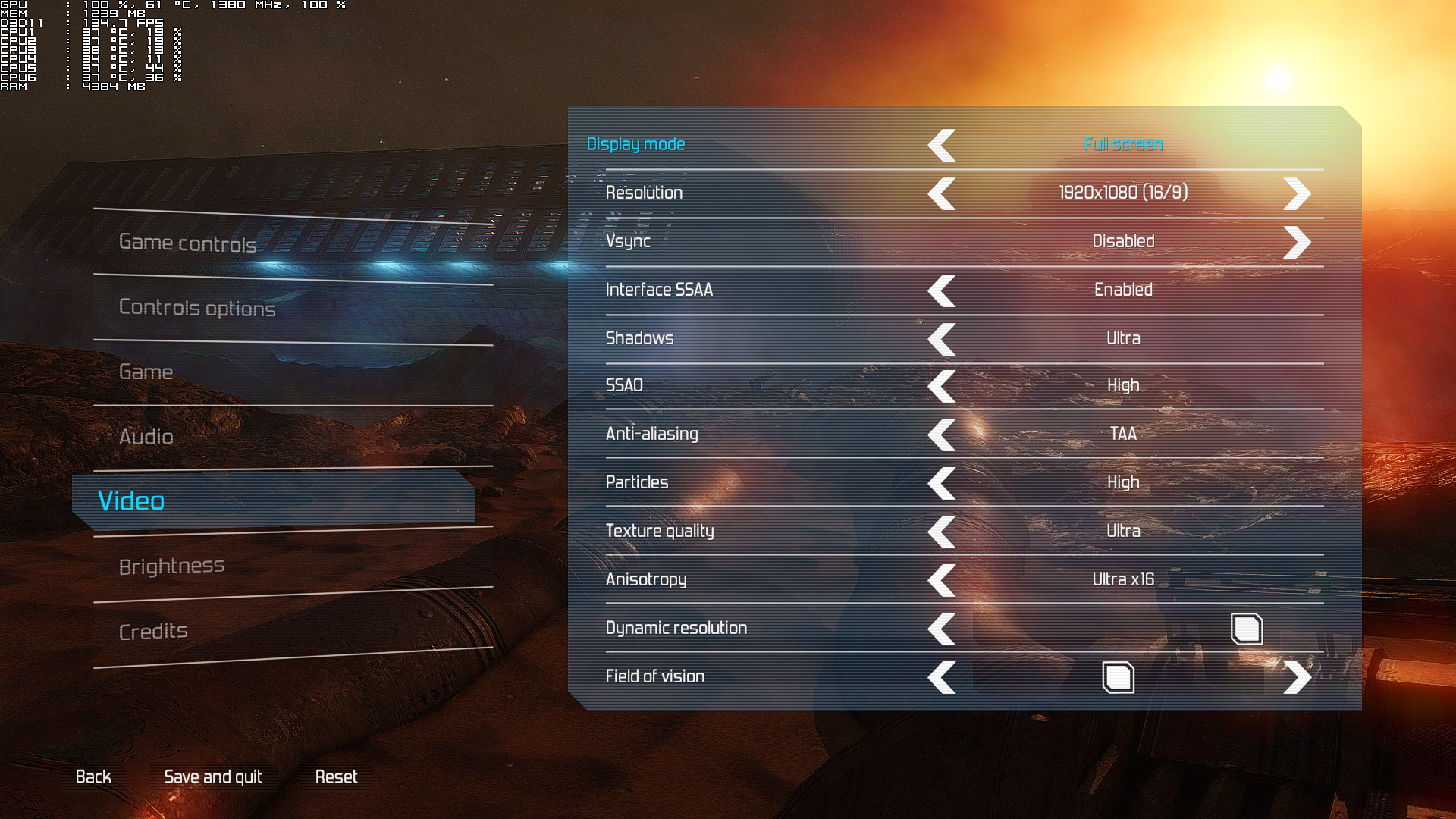The Technomancer is the next sci-fi action RPG from SPIDERS, the studio behind Bound by Flame and MARS: War Logs. Powered by the Silk Engine – which is a modified version of the PhyreEngine – The Technomancer is currently available on the PC and it’s time to see how this new title performs on the PC platform.
For this PC performance analysis we used an Intel i7 4930K (turbo boosted at 4.0Ghz) with 8GB RAM, NVIDIA’s GTX980Ti and GTX690, Windows 10 64-bit and the latest NVIDIA WHQL driver. NVIDIA has already included an SLI profile for this game, meaning that you won’t have to mess around with third-party tools in order to enable it.
As we’ve already said, The Technomancer is powered by the Silk Engine and we were really surprised by its scaling on multiple CPU threads. In order to find out how the game scales on various CPUs, we simulated a dual-core and a quad-core CPU. And we are happy to report that even though the game is perfectly playable on modern-day dual-core CPUs, it scales well on more than four CPU cores.
Without Hyper Threading, The Technomancer ran with 50fps (in the Exchange area; an area that stresses the CPU due to the increased amount of NPCs) on our simulated dual-core CPU, with 82fps on our simulated quad-core CPU, and with 92fps on our hexa-core CPU (max settings at 1080p).
The game also behaved really strange as soon as we enabled Hyper Threading. While we saw a 10fps increase on our simulated dual-core system, the overall performance on our simulated quad-core system remained the same. Not only that, but we saw a 7fps hit on our hexa-core with Hyper Threading was enabled. We’ve re-tested multiple times the game with and without Hyper Threading, and our results remained the same. In other words, it appears that in this game, Hyper Threading has a negative performance impact on high-end CPUs. Therefore, we strongly suggest enabling it if you’re using an i3 CPU and disabling it if you own an i7 CPU.
Regarding the game’s GPU requirements, our GTX980Ti was able to offer a constant 60fps experience at 1080p on Max settings. The game was also playable on our GTX690 and we were able to hit a constant 60fps experience as soon as we disabled Interface AA and Anti-Aliasing. In Single-GPU mode, our GTX690 was able to offer a proper ‘console-like’ experience (never below 30fps) with better visuals than those found on PS4 or Xbox One.
SPIDERS has provided a few graphics settings to tweak. PC gamers can adjust the quality of Shadows, Ambient Occlusion, Anti-Aliasing, Particles, Anisotropic Filtering and Textures. The team has also provided a dynamic resolution option, as well as a Field of View slider (a nice welcome as most third-person games do not offer such an option).
Graphics wise, The Technomancer looks great (especially with SweetFX as we’ve already showcased) but does not push the graphical boundaries. There is no environmental destruction, interactivity is limited, and all character animations are a bit ‘robotic’ and lack the organic and natural feel we see in other triple-A titles. Thankfully, the game’s environments are as atmospheric as they can get. SPIDERS has used a lot of effects to make the environments feel great, and that’s perhaps the team’s greatest accomplishment.
All in all, The Technomancer performs quite well on the PC platform. Like almost all latest titles, The Technomancer is a GPU-bound game that runs fine on modern-day dual-core CPUs (that are equipped with Hyper Threading). PC gamers will need a GPU that performs similarly to the NVIDIA GTX690 in order to enjoy the game at almost max settings, and we strongly suggest using a SweetFX mod (otherwise the game’s visuals will look kind of bland). There are proper on-screen mouse+keyboard indicators, you can browse all menus via your mouse, there is a FOV slider and we did not experience any mouse acceleration/smoothing issues.
Enjoy!

John is the founder and Editor in Chief at DSOGaming. He is a PC gaming fan and highly supports the modding and indie communities. Before creating DSOGaming, John worked on numerous gaming websites. While he is a die-hard PC gamer, his gaming roots can be found on consoles. John loved – and still does – the 16-bit consoles, and considers SNES to be one of the best consoles. Still, the PC platform won him over consoles. That was mainly due to 3DFX and its iconic dedicated 3D accelerator graphics card, Voodoo 2. John has also written a higher degree thesis on the “The Evolution of PC graphics cards.”
Contact: Email













